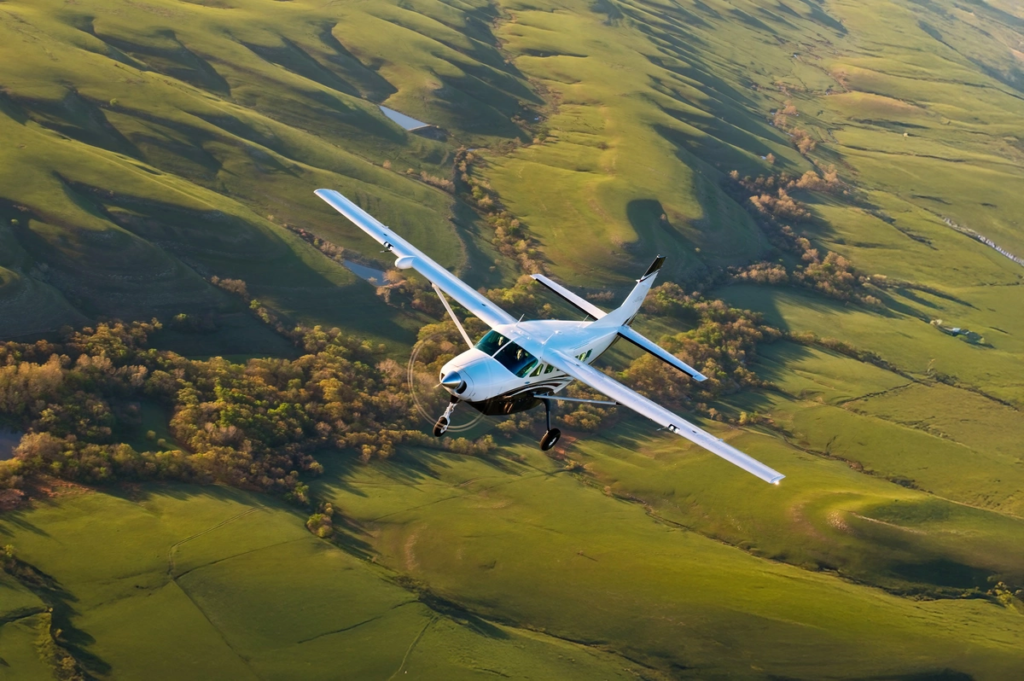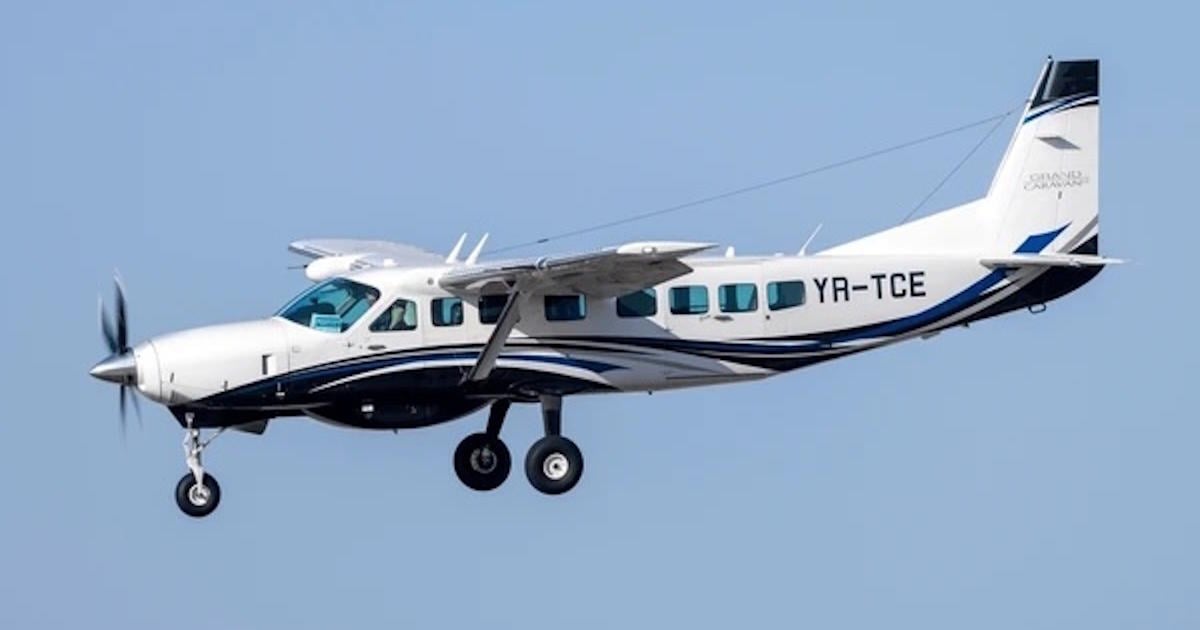Metro Gulf, a key aviation player in the Gulf region, has officially initiated the process to acquire a Supplemental Type Certificate (STC) for integrating the Cessna Caravan Starlink solution into its fleet. This move could signal a significant advancement in airborne connectivity, specifically tailored for regional and remote air operations.
The STC process is crucial for certifying any aftermarket modification in aircraft. In this case, Metro Gulf aims to be among the first to bring Starlink’s satellite internet capabilities to the renowned Cessna Caravan aircraft – widely used for short-range and utility flights.
Why the Cessna Caravan Starlink Solution Matters
The Cessna Caravan Starlink solution is not just another aircraft upgrade. It is a game-changer that promises high-speed internet in-flight, even in remote and hard-to-reach areas. For operators in the Gulf region, where oilfield shuttles, tourism flights, and cargo missions are common, this connectivity solution offers tangible value.
The Caravan is known for reliability and utility in challenging environments. Adding Starlink’s connectivity enhances both the operational control and passenger experience for this workhorse aircraft.
What is a Supplemental Type Certificate (STC)?
Before any modifications can be implemented on a certified aircraft, aviation authorities such as the FAA (Federal Aviation Administration) or GCAA (General Civil Aviation Authority) require a formal approval called an STC. This ensures the new components or systems are compatible with existing designs and maintain safety standards.
Metro Gulf’s application for an STC for the Cessna Caravan Star link solution indicates they are committed to compliance, innovation, and pushing for next-gen aviation tech in the Gulf.

The Role of Star link in Aviation
Starlink, operated by SpaceX, provides satellite-based broadband internet. Unlike older satellite systems, Starlink uses low-Earth orbit satellites, resulting in faster speeds, low latency, and reliable service even over oceans and deserts.
For aircraft like the Cessna Caravan, traditionally limited by size and weight for advanced internet systems, Starlink’s new aviation hardware is compact enough for installation. The technology has already been deployed in larger aircraft, and this move into light aircraft like the Caravan could open new markets and applications.
Benefits of the Cessna Caravan Starlink Solution
Metro Gulf’s decision to pursue the STC stems from several key benefits:
Enhanced Operational Communication
Flight crews and ground control can maintain constant real-time communication, even during low-altitude or rural flights. This improves safety and coordination, especially for charter, cargo, or search and rescue missions.
Passenger Connectivity
Passengers can access internet services mid-flight, whether for business, entertainment, or communication. In a post-COVID world, digital connectivity is not a luxury it’s a necessity.
Fleet-Wide Data Management
By connecting its aircraft to the internet, Metro Gulf can streamline operations, monitor performance, schedule maintenance, and even provide live tracking for clients and operators.
Remote Area Expansion
Many regions in the Gulf and North Africa have limited telecom infrastructure. The Cessna Caravan Starlink solution helps extend reliable service to areas previously considered unreachable.
Competitive Market Advantage
As aviation becomes more tech-dependent, companies offering reliable internet gain an edge. Metro Gulf can market their Caravan fleet with built-in Starlink internet, attracting premium clients.
How Metro Gulf Plans to Implement the Upgrade
According to internal sources, Metro Gulf has partnered with avionics integrator and engineers to begin structural evaluations and connectivity trials. The installation of Starlink terminals and antenna systems on the Caravan air frame is a delicate process requiring design alterations, equipment calibration, and flight testing.
Once approved by the aviation authorities, Metro Gulf plans to retrofit multiple Caravans within the next 12 months.

Timeline for the STC Approval
While STC approval timelines vary, a typical certification process can take 6–9 months. This includes:
- Initial design review
- Engineering compliance reports
- Flight testing
- Regulatory submissions
- Safety assessments
Metro Gulf is expected to file the final application by Q3 2025, with deployment scheduled soon after.
How This Affects the Gulf Aviation Market
The Gulf region’s aviation industry is booming. From business jets to utility aircraft, there is rising demand for advanced connectivity and digital infrastructure. Metro Gulf’s move with the Cessna Caravan Starlink solution could pave the way for smaller operators to modernise their fleets.
Regional governments and tourism agencies are also showing interest in connected aircraft for desert tours, island hopping, and aerial photography.
Challenges and Considerations
Despite the potential, several technical and regulatory challenges remain:
- Antenna Integration: Ensuring the Starlink system doesn’t affect aerodynamics or interfere with existing avionics
- Power Supply: Managing power loads, especially in older Caravan models
- Environmental Stress: The solution must withstand high temperatures, dust, and humidity common in Gulf climates
- Cost: Although Starlink is cost-effective, the initial installation and certification could require significant investment
Metro Gulf appears to be weighing these factors carefully, aiming to strike a balance between innovation and practicality.
Global Trends in Aviation Connectivity
Globally, aviation connectivity is becoming standard in both commercial and private aviation. From Elon Musk’s Starlink aviation division to legacy providers like Viasat and Gogo, the race is on to connect the skies.
What makes the Cessna Caravan Starlink solution unique is its accessibility to light aircraft. Traditionally, only jets had access to fast internet. Now, turboprops like the Caravan can offer similar service.
This democratises the in flight experience and opens up new revenue streams for regional operators.
What Industry Experts Are Saying
According to aviation technology analysts, Metro Gulf’s decision could create a ripple effect. More operators in the Middle East and North Africa may explore similar STC certifications, pushing forward the tech adoption curve.
One Gulf-based aircraft leasing executive noted,
“We’ve seen the trend in business jets. Now, it’s the turn of light aircraft. If Metro Gulf succeeds with this, it will set a benchmark for operators across the region.”
Final Thoughts: A Bold Step Forward
The decision by Metro Gulf to seek an STC for the Cessna Caravan Starlink solution is more than just a technical upgrade. It represents a strategic vision one that aligns with modern aviation needs: real-time data, digital services, and better passenger experiences.
As the approval process unfolds, all eyes will be on Metro Gulf to see how it leads the charge into a new era of connected flying in the Gulf skies.
Do follow Gulf Magazine on Instagram
Also Read – Gulf Air Expanding Global Network: 7 Powerful Global Moves



